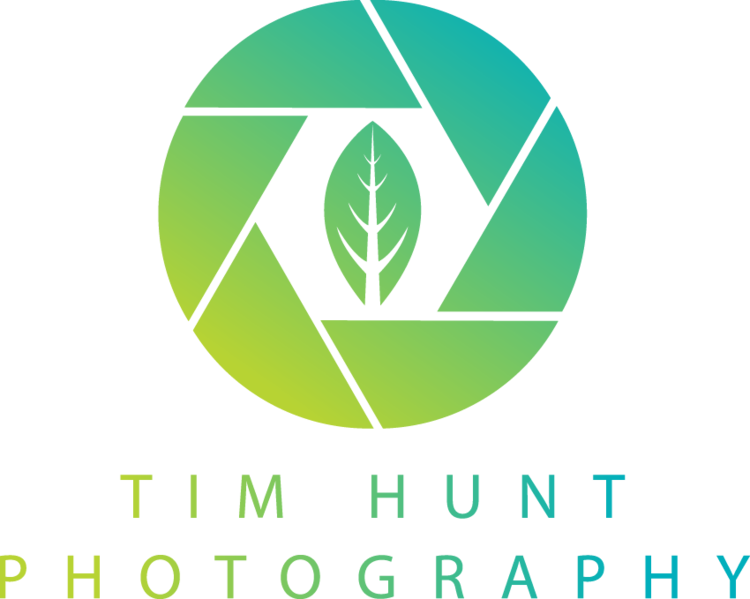The white background setup has somewhat become an obsession over the last several months. It really is a great way to show the beauty of the subject without the distraction of anything else in the frame.
At this time of year the ground comes alive with a whole host of fungi. Now a lot of these are unsuitable for the white background approach, as many do not grow to a height that would allow a background.
But this one species that I recently came across did. The common stinkhorn Phallus impudicus grows up to a hight of 20cm, which is perfect for utilizing the white background technique.
Before heading into the woods with my equipment, I recced the location beforehand to find some good spots. Upon finding some good fungi, I returned later with everything I needed to successfully photograph my subjects on white.
My setup includes: -
Lighting - Elinchrom Ranger Quadra kit with two flash heads
Lighting Stands – 1x boom, 1x regular
Lighting modifiers – 1x softbox, 1 reflector
1x A2 sheet of white perspex
1x small tripod and clamp to hold the perspex
1x backpack

In the backpack: -
Flash power pack and cables
Canon 5D mk ii
Lenses from 24mm to 200mm

The setup

The result

70-200mm @130mm - 1/200sec - f14 - ISO 200





















